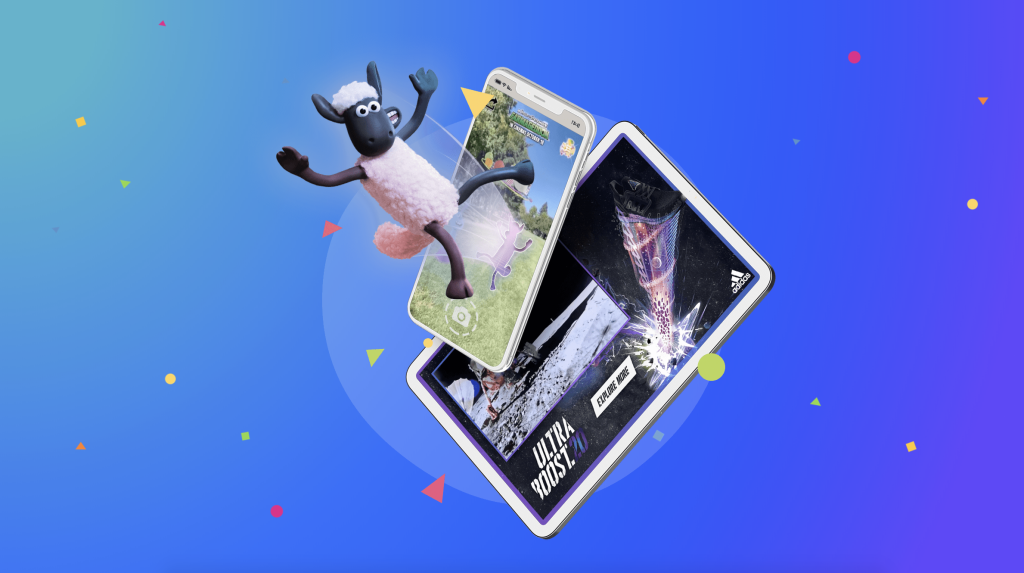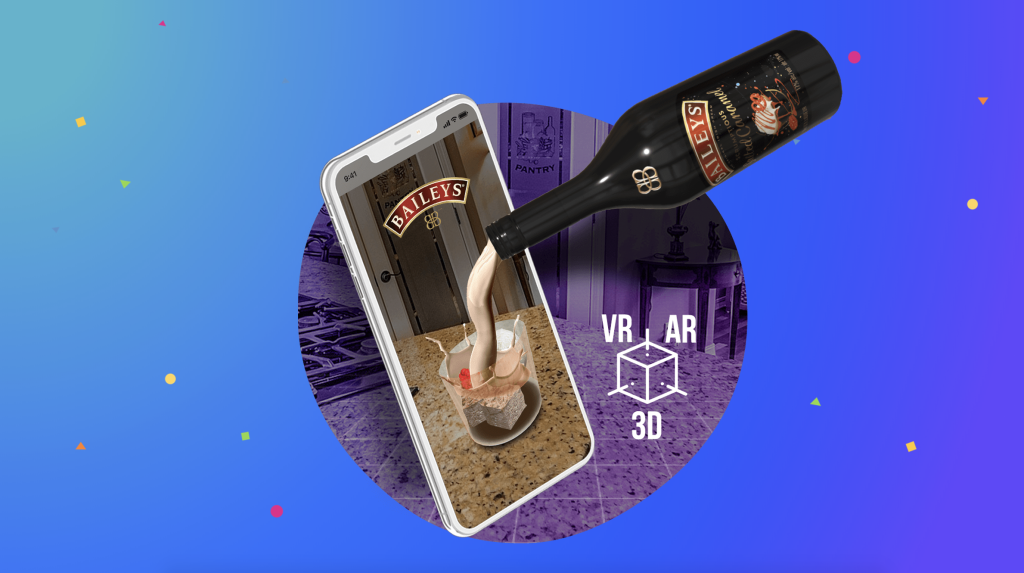1: What are interactive branded solutions – and why are they important to advertisers?
Interactive brand solutions are creative units that look to extend beyond the traditional lean back watch/view approach to advertising and harness the power of active user engagement, to provide more meaningful understanding about how a user interacts with the brand.
All units are fully trackable across all elements of the creative. This allows brands to understand the deeper attention thresholds of user interaction going beyond the question of ‘has my ad been seen’. As well as, demonstrating ‘how long it has been seen for and how it has been interacted with’.
Interactive features are completely sculpted around the brand objectives to make the experience personable and informative.
For our clients, we use interactive digital ad experiences or ad units which expand the opportunities to track digital ad engagement across a variety of metrics. These include how long the creative was seen on screen, carousel interaction, and 3D object interaction, which shows us how long a user was both viewing and interacting with an ad campaign. Often, we’ve designed the web-based environment too, which enables us to have significant insight across the entire user journey from start to finish.
2: How are brands tapping into AR and VR? What results are they seeing?
Brands are using mixed reality opportunities to provide both entertainment and/or purpose to their ad campaigns. These experiences allow brands to take their product into the user’s personal environment building intimate connections through try-ons, immersive visualisations, product engagement and much more.
Campaigns are bought on an augmented reality (AR) Cost Per Engagement (CPE), which is counted once the user gives camera access and opens their camera stream, ensuring brands only pay for what matters. Crucially brands are able to measure active attention across the entire experience with average session dwell times of more than 75 seconds.
A recent campaign for Kellogg’s Rice Krispies Squares drove sustained brand engagement via our WebAR ad experience with interactive face accessory filters and model placements. The results included 105 seconds average dwell time, 9.5k hours spent with the experience, almost 1M user interactions and 3x filters used per session.

3: What is a playable ad – and do they really help with sales?
Playable ads are much more than just games, they are interactive ad experiences that look to leverage popular play mechanics, for familiarity and immerse the brand materials for hands-on learning and interaction.
This means that advertisers are able to understand what aspects of the brand users are engaging with through active interaction, leaving no questions over what aspects of the campaign users were paying attention to.
They can be bought on a Cost Per Play (or click to play with a minimum of five seconds of active play) to ensure only actively engaged users are charged for. Units see over 60 seconds average dwell times and can be used as a reward feature allowing users to obtain greater equity for their interaction time. For example, claim rewards, samples, competition entries or simply speed up their exposure to the ad.
A recent mobile app based interactive (Q&A and data collect) sampling campaign for Cadbury Brunch Bar generated 12k verified marketing opt-ins, 93% had never tried the product previously, 53% recommended it to a friend and 28% have purchased the product since sampling.

4: What is a rich media format and what value do they deliver to advertisers?
Rich Media offer a range of creative opportunities across video and display allowing for versatility of assets with fast build times. Hoopla Rich Media units for example, look to focus on impact and awareness serving to maximise the precious time in view, putting key messaging front and centre.
Units include Rich Media Player (Interactive Pre-Roll) and Page Frame (Cross device skin unit that offers constant branding on page). Key to both of these units is the ability to reinforce core messaging across large creative canvases ensuring that users will always get that key takeaway even if they are not focussed on the ad for its full duration. Interactive features can be layered on to provide better attention trackability and understand where/how users are interacting with the brand.
5: What does good look like for attention analytics and digital ad measurement?
This is all subjective to the unit and the creative features as there is no one size fits all, each unit is built to meet individual brand objectives. While lines of comparison/benchmark can be established through points of similarity, this is done on more of a feature basis than a broad format outlook.
A good creative would typically see high active dwell time and active interaction measurability. For example, upto two to three separate interactions across the creative unit. This can also be enhanced with other aspects like sound on, video completions, clicks and if available inflight brand uplift measures using survey tools.
All elements of a digital campaign can be reported on and tracked. This helps brands to curate niche targeting strategies that reach the core audiences and review campaign effectiveness and inform future campaigns.

6: What are your three top tips for an impactful digital advertising campaign?
Every format plays a part in tracking consumer attention, it doesn’t need to be gimmicky. Taking digital ads a step further via interactive digital ad experiences can add value, purpose and structure to an ad campaign, while delivering improved attention and engagement.
My top tips include:
- Purpose
Too often creatives are spun out with an idea that doesn’t have the consumer journey or interest in mind. Key to any successful interactive campaign should be the questions: ‘why should someone engage with my ad?’, ‘Would I engage with this ad?’. Once you have an engaging hook and clear messaging, you’re past the biggest hurdle of simply getting your target audience to acknowledge your ad and see its value.
- Keep content simple and relatable
Familiarity and simplicity are key when trying to engage. If a user can’t understand or relate you’ve lost them. Digital ad content should be short, simple, snappy, and effective. If it’s for a long-term ad campaign, it should give consumers reasons to click through and revisit the digital experience, offering value and reward. If it’s interactive, look to leverage existing popular play mechanics that your target audience is already engaging with.
- Measure
Measuring users across the end-to-end journey is invaluable, giving insights on where they originally clicked an ad, to dwell time and engagement. It can show where the ad is working well as a clear measure of success. A lot of initial digital interactions are accidental, so being able to qualify where it’s working beyond that initial interaction point is important.
- Encourage return visits
Using a digital ad with a hook can encourage consumers to click through and keep them coming back to an interactive digital ad experience. Frequency and sequential targeting can deliver a stranded message, or phasing across two- or three-months with different messaging can lean into the same digital ad experience.
John Macbeth is Sales Director at Hoopla Digital


You must be logged in to post a comment Login